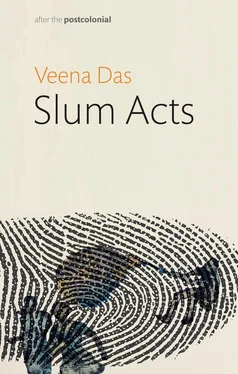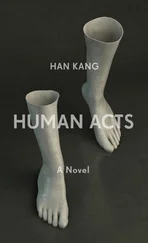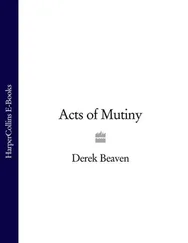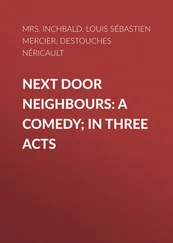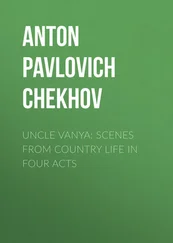Let me first introduce some of the features of the slums that have direct implications for understanding what transpires in the next three chapters.
Slum Actions and Definitions
Much of the recent literature on slums sees them as directly connected to the growth of megacities in the Global South. As peripheries to these megacities, the slums are seen as both steeped in crime and squalor and essential for the kinds of services they provide to the residents of more affluent areas. In many ways, these theories build on Simmel’s (1965) understanding of the poor as defined not only by material deprivation but by the kinds of sociality that defines them (see Das and Randeria 2015).
Writing from the perspective of subaltern studies, some theorists have proposed theorizing slums as spaces of habitation, livelihood, self-organization, and politics rather than spaces of material deprivation and political disorder (see V. Rao 2006; Roy 2011; Simone 2004, 2019). Many activists and others working in these areas rightly protest against the picture of urban disorder located within slums and object to the use of the word “slum” for its derogatory implications. In addition to flourishing economic enterprises in these areas, they say, life in slums has evolved its own norms and its own norm-producing mechanisms that are not dependent on the state. For example, they point to informal arrangements such as rights established over what is known as kabza land (occupied land), or the negotiations with employees of electricity companies such as linemen working on the ground to reduce costs of electricity, and so on. Yet, what gets elided in these descriptions is first, the sheer heterogeneity within and among slum populations in terms of access to economic resources; and second, the penetration of state agencies into the everyday life of inhabitants living in these areas.
Consider, the flourishing enterprises in places like Dharavi, regarded as the biggest slum in Asia. These enterprises are evidence of the ability to innovate and the organizational skills of the people residing there. But their prosperity is also built on the fact that owners of these enterprises who live and work in Dharavi are able to extract cheap labor from less fortunate kin or new migrants who use their networks to come to the city and hence start by being dependent on these networks. Over time, these kin or these migrants may be able to make a better life for themselves or not, but the success stories of some are built on the misery of others who might well accept these deprivations in hopes for better futures.
Second, the emphasis on informality overlooks the fact that the success of informal arrangements is also dependent on legal or bureaucratic provisions that were successfully adjudicated in some cases but not in others. Elsewhere, I have analyzed two different court cases and their afterlives in two such neighborhoods in Delhi. In one case residents successfully petitioned the High Court and obtained a stay order against eviction from their shanties. At the same time, the court also ordered surveys of all households to determine who could claim alternate accommodations that it held the government was obliged to provide to eligible residents of the area. It turned out to be impossible for the local-level bureaucrats to complete this task within the stipulated time, which generated more court cases, with the result that people could not be evicted but neither could the promise of alternative housing be realized. (The situation, as people often pointed out to me, was radically different in Dharavi where in many cases builders directly negotiated with slum dwellers to get land vacated by offering them alternate housing.)
In the court case in the second locality, where residents were fighting a powerful educational society who claimed original rights over land they had occupied, cooperation between the local branch of a political party and a nongovernmental organization (NGO) were successful in thwarting the case in court (see Das and Walton 2015). My point is that though the different categories of urban spaces identified by official administrative bodies are a mishmash of different kinds of categories, these official categories have consequences. As Subbaraman et al. (2015) showed, for instance, health outcomes for residents of notified slums in Mumbai are decisively better than the health outcomes for residents of non-notified slums. 1The formal/informal divide does little work here as it completely obliterates from view the hard work slum dwellers do to engage the formal institutions such as courts of law to sustain their lives; nor does this divide work when the apparatus of the state is visible and tangible in every nook and cranny of these slums and settlements. Rather, the task is to see the complex interplay between affordances and constraints; between the fine lattice of formal and informal institutions, and the tensions and alliance among them. Certainly, the residents of these localities can find moments of ecstasy in performing dances or songs with visiting dignitaries, and organize themselves during elections or go to protest marches, and all of these are important forms of political actions. Yet, they can be left with little recourse when embroiled falsely in court cases under terror-related legislation, or tortured in prison, or discover that a child was abducted by a neighbor and trafficked but the police refuse to register even a First Information Report (FIR) to begin investigations.
The searing questions we might ask, then, are questions like, why is torture practiced in a democracy, why does it take weeks to get an FIR registered when my child fails to return home, how can we live with the knowledge that we gave false evidence under pressure from the police? These questions lead to new provocations for social theory of which I identify three specific issues: (a) the distinction between so-called civilized and barbaric violence; (b) locating alternate genealogies for theories of sovereignty; and (c) inordinate knowledge.
Violence: Civilized vs. Savage
In the opening lines of this Introduction, I stated that that there is an increasing resonance between academic writing and statist logic. This is not a novel argument: Deleuze and Guattari (1987), as also Foucault (1990), observed the close ties between what is imagined as the destiny of the state and the destiny of thinking. As Deleuze and Guattari wrote:
There exists a Hegelianism of the right that lives on in official political philosophy and weds the destiny of thought to the State … From Hegel to Max Weber there developed a whole line of reflection of the relation of the modern State to Reason, both as rational-technical and as reasonable-human. If it is objected that this rationality, already present in the archaic imperial State, is the optimum of the governors themselves, the Hegelians respond that the rational-reasonable cannot exist without a minimum of participation of everybody. The question, rather, is whether the very form of rational-reasonable is not extracted from the State, in a way that necessarily makes it right, gives it “reason.” (p. 556, n. 42)
How does the unspoken alliance between state discourses on where threats to safety and security lie and academic writing structure thought so as to render such practices as torture and coercive interrogation techniques thinkable within liberal democracies (Ahmad and Lilienthal 2016)? Talal Asad has argued that the September 11 attacks in New York initiated a revival of interest in just war theory not only because the US imagined a new kind of war to have been initiated by these attacks (the “War on Terror”), but also because of the pressures in liberal democracies to distinguish their own acts of violence, characterized as rational and bounded, versus the violence of the terrorists, seen as driven by passion and, therefore, excessive and indiscriminate (Asad 2010; see also the stringent critique of Hegelian thinking in relation to colonialism in Guha 2002).
Читать дальше
